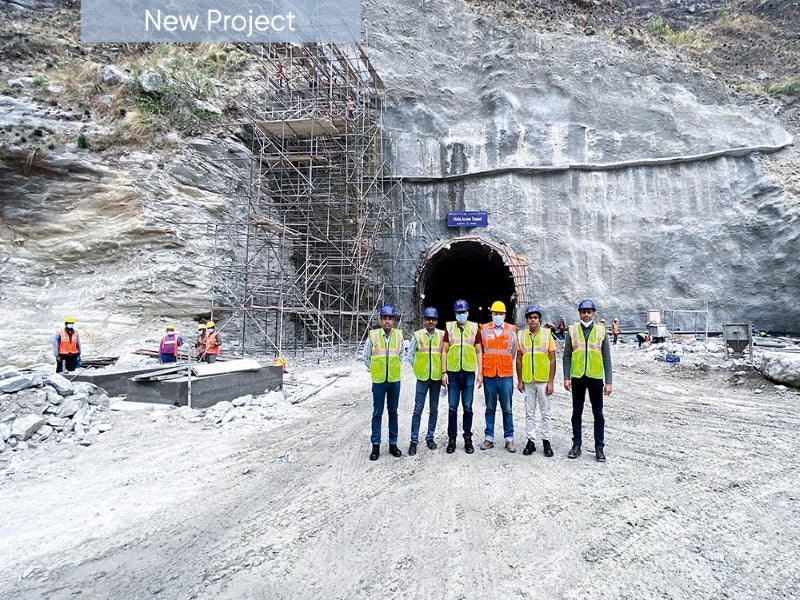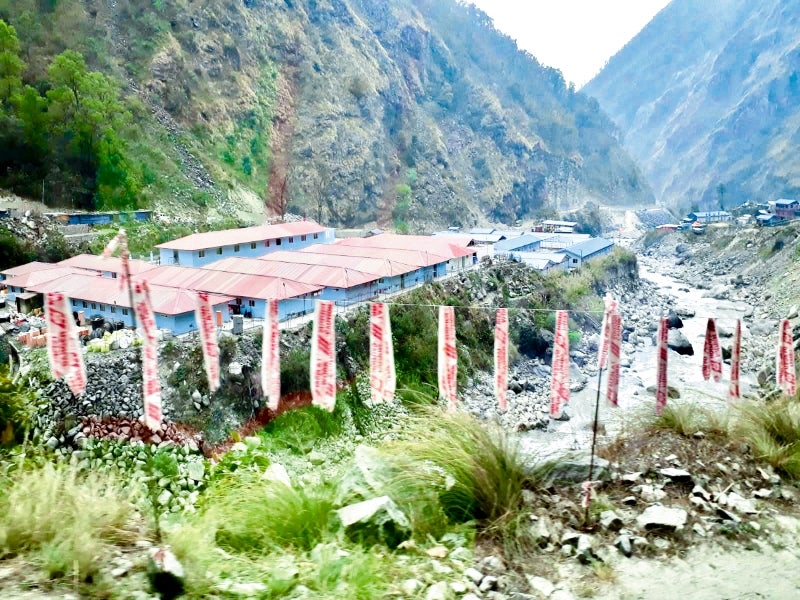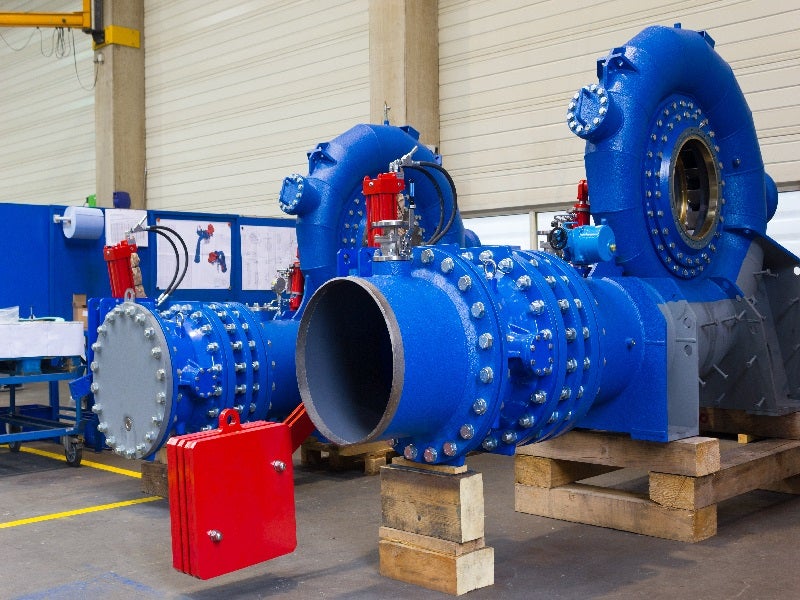The Upper Trishuli 1 (UT-1) project is a run-of-river hydropower project being developed by Nepal Water & Energy Development Company (NWEDC) under a 35-year build, own, operate and transfer model.
NWEDC has a 30% ownership stake in the project, while the remaining is held by Korea South-East Power Company (KOEN) with 50%, Korea Overseas Infrastructure and Urban Development Support Corporation (KIND) with 25%, and International Finance Corporation (IFC) with 15%. The remaining 10% is held by a local partner.
The UT-1 project will have a total installed capacity of 216MW and will be jointly operated by KOEN, KIND, IFC, and Jade Power.
The power generated from the project will be sold to Nepal Electricity Authority for domestic power supply, as part of a 30-year power purchase agreement signed in 2018.
The plant is expected to generate up to 1,456GWh of renewable energy a year, boosting Nepal’s power production by approximately 20%. The project is scheduled for completion in December 2026.
Location
The UT-1 hydropower project is located on the Trishuli River, which is located at the Rasuwa District in Nepal. The site is about 70km north of the country’s capital Kathmandu.
Project details
The construction of the UT-1 hydropower project is being carried out under the project development agreement signed between NWEDC and the country’s Ministry of Energy, Water Resources, and Irrigation in December 2016.
The agreement included the design, engineering, financing, construction, completion, commissioning, ownership, operation and maintenance, and transfer of the project.
The project involves the construction of a 29.5m-tall concrete gravity dam with a length of 100.5m and a base width of 30.9m.
The dam will be equipped with three underground desanders, each measuring 115m x 10m x 23.93m in length width and height, respectively.
Two intake tunnels each with a gate size of 3.25m x 6.5m will deliver water to a 9.8km-long headrace tunnel with a diameter of about 6.5m and a discharge capacity of 76m3 per second. The project will also feature a 40m-tall surge tank and a 300m-long pressure shaft.
The underground powerhouse will be equipped with three vertical-axis Francis turbines, each with a capacity of 72MW. The tailrace tunnel will expend water to the Trishuli River 10.7km downstream of the dam.
Power generated from the project will be exported to the new Chilime-Trishuli transmission line via a 1.1km-long, high-voltage extension from the 220kV outdoor switchyard.
Funding for the Upper Trishuli 1 power project
The Upper Trishuli 1 hydropower project is being developed at an estimated cost of $647.4m. The financing plan consists of $453.2m in debt and $149.2m in equity.
The financing partners include IFC, Asian Development Bank, Asian Infrastructure Investment Bank, Export-Import Bank of Korea, Korea Development Bank, CDC Group, Netherlands Development Finance Company, PROAPRCO Development Financial Institution, and The OPEC Fund for International Development.
Contractors involved
Construction company Doosan Heavy Industries and Construction (DHI) was awarded the engineering, procurement, and construction contract for the main construction of the project.
The company’s scope of work includes construction of the power plant, as well as the supply of turbine and power generator.
Technology and services provider ANDRITZ was subcontracted by DHI in March 2022 to provide hydromechanical and electromechanical services for the project.
Hydropower consulting company Sanima Hydropower was awarded the engineering services contract for the project in May 2023.
Consulting companies Tractebel and Jade Consult provided consultation and supervision services during the construction process.
Synergy Consulting was the financial advisor to Nepal Water and Energy Development Company for the Upper Trishuli 1 project.






